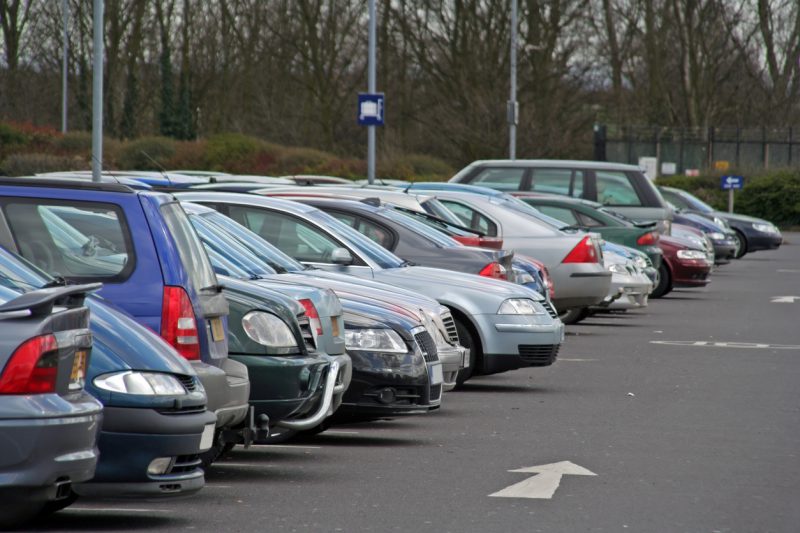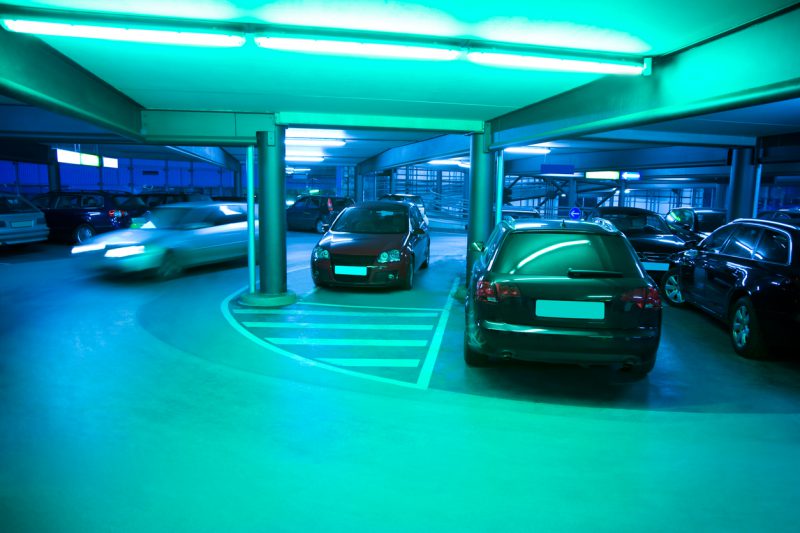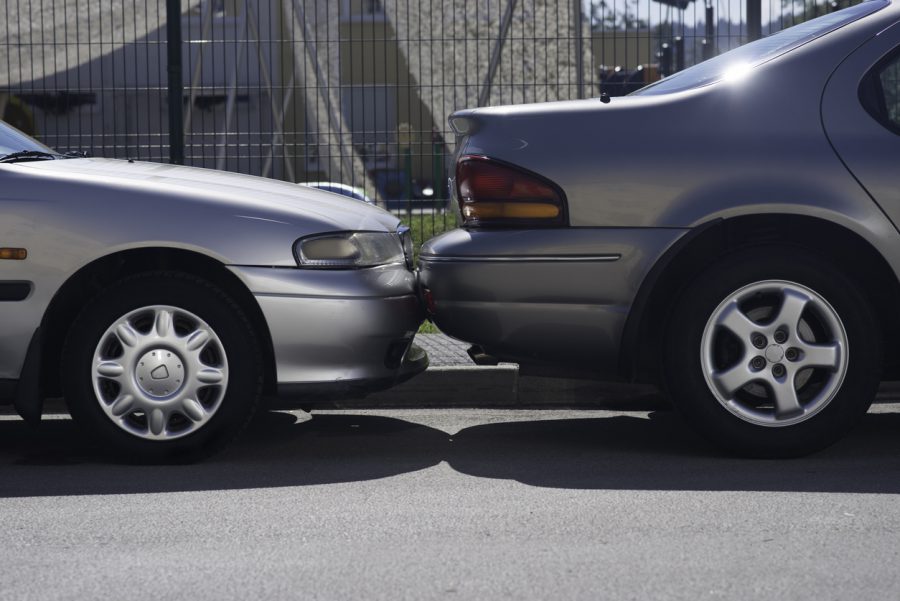
Whether it’s Christmas shopping or enjoying the Boxing Day sales, Green Flag research shows the largest proportion of people (46 per cent) will drive. And that means having to park in shopping centres or on busy high streets. Here are our 10 car parking tips for ensuring a hassle-free shopping experience, whatever the time of year.
Research before you go
One of the most wasteful bits of parking is using fuel doing laps of a town centre looking for somewhere to stop. Research where you’re going to park before you go and have a list of parking places in order of convenience.
Where you park
Try to choose a car park that’s been approved by Parkmark for its security. If you’re worried that a car park isn’t safe, try to park near to the lifts or the exit where there are likely to be more people around.

Check parking times
Some councils suspend charges over the Christmas period to encourage shoppers. Others don’t. You don’t want to be caught out with a parking ticket at any time of year, least of all Xmas, so make sure you know where and when charges are enforced.
Have change
Not everyone’s comfortable using the new style parking meters where you pay using a smartphone app. If you’re not, make sure you have change in the car. If you do leave coins in the car, stash it somewhere it can’t be seen.
Don’t be rushed
Don’t allow yourself to be hassled by other drivers. When you spy a free parking spot, indicate early. If you’re parking on the street or in a crowded car park, you may well hold up the traffic behind. But it’s better to take a few seconds longer to park than to damage your car or someone else’s. Always remember, if anyone’s getting impatient with you, they too will hold up traffic when they park. And you will have been held up by other people parking. In this instance, what goes around really does come around.
Reverse in
When you parallel park, it’s much easier to reverse in than to go in forwards. Equally, in a car park, it’s usually easier and quicker to reverse into a bay than to go in forwards. The downside of this is boot access may not be as easy. But there are two big benefits.
It’s safer because when you leave it makes it much easier to spot hazards such as other cars or pedestrians. And if you’re in a car park, as most people park nose in, it’ll mean your driver’s door is adjacent to the next car’s driver’s side. If there are big cars in small bays, this means you can position your car to give yourself room to get out of the car knowing the driver of the car next to you will have room to get in too. And if you are tight to the car on your passenger side, their driver should still be able to get in.

Think about others
If everyone parked in the middle of the bay, how easy life would be. But as we’ve reported, parking bay size isn’t keeping up with the ever-expanding girth of our cars. When you’re stopping in a car park, try to position your car in the middle of the bay if you can. If you leave your car right on the white line, chances are, the person in the bay next to you will have to do the same thing. And there will come a point where bays next to walls or bollards become unusable.
When you’re parallel parking next to a kerb, look at how the cars in front and behind are parked. If you can, leave some space for the car in front’s owners to put things in their boot.
Keep valuables hidden
Remember: most car crime is the theft of things from vehicles. If you’ve bought some presents and you’re heading off somewhere else to do your shopping, put them in the boot. That should keep them away from prying eyes.
Equally, a fifth of people asked in our survey said they use their car to hide presents in. If this is you, make sure you hide them in the boot.
Remember where you’ve parked
It sounds obvious but in the rough and tumble of Christmas shopping, it can be easy to forget where you’ve left the car. Most smartphones have a function that will show you where your car is and guide you back there using a map. Alternatively, in a multi-storey car park, take a quick snap of the sign by the door; at least that way you’ll know which floor you’ve parked on.
Use your smartphone
Use your smartphone as your handy assistant once again. If you’ve parked on the street and have paid for a certain amount of time on the meter, set your phone’s alarm. It’s easy to get carried away buying presents and this will remind you to get back to your car before the parking attendant can get busy with the ticket.
I like how you mentioned that it’s easier to see hazards when you leaving a parking spot that you backed into. My son is learning how to drive and he is struggling with parking his vehicle in busy lots. I’ll be sure to tell him to try and back into spots because it will be easier to go when he leaves the lot.
When I passed my test the examiner said wherever possible always reverse in to parking bay as for your safety you can make a quick getaway (if necessary)
Good sound advice many thanks
If you reverse in to a space in a supermarket car park how do you expect to access your boot with shopping trolleys etc.
I look for a parking bay where I can drive through to park in the space facing out. That way I have the best of both worlds, I drive in forwards and drive out forwards.
i am amazed at how many drivers drive into a parking bay which takes longer to set the car in the right position, sometimes i feel like saying to them, its easier to reverse into a bay using all 3 mirrors on the car, saves time, saves risking a dent in the car then they spend ages trying to reverse out of it resulting in so many different moves to ensure they clear the cars parked opposite their parking bay……wise up you know who you are take note
Reverse in, particularly in supermarkets.
Access to the boot is normally possible by manoeuvring the shopping trolley and well worth the trouble than attempting to reverse out into a stream of traffic, trolley pushers and walking car drivers, all convinced you have seen them and will give them priority.
I always reverse into parking space, with perhaps exception of when doing a big supermarket shop when you need room for trolley and loading. I also try to avoid external corner slots as I had my car damaged by a young female driver cutting the corner when there wasn’t room. She tried to deny this when challenged but I had witnesses standing in line to support me. Some towns have angled roadside parking spaces where it is compulsory to reverse into them, so much safer for exiting into traffic. Fines issued if you park facing inwards!
Once when reversing into a parking bay outside a bank in Nairobi the security guy told me to re-park facing inwards! Why? So I couldn’t make such a quick getaway having robbed the bank!
Beware of parking for too long in certain car parks – they will charge you between £40 and £60 pounds if you overstay your welcome – be warned!!
I can’t drive into a parking bay forwards. I always reverse. Forwards I can never get it straight or get too close to eh car at one side. I also reverse when parallel parking obviously
With constant practice I now find it easier to reverse into a parking lot than to drive in. Some drivers admire me when I reverse park with ease and that has helped build my confidence. My wife never gets it right, even after almost two years practices.
Get yourself a reversing sensor if your car does not have one. They are brilliant when reverse parking
To be frank reverse-in parking (non parrellel) far too oftern takes it toll on others who have to wait patiently while stuggling reverse parkers go back and forth as they struggle to persue their mirrors and focus on their beep beep parking sensor. Often the bottleneck created is considerable creating more hazards for pedestrians as they negotiate the traffic jam.
Additionally, poor lighting in the majority of U.K parking garages (lighting is an expense!) adds to the reverse parker’s struggles. Sadly the increased size of cars to accompdate our natioanl “girth” issue results in more strugling to reverse park big cars into spaces designed for morris minors!
Most cars have extremely bright reverse parking lights which were designed to inidcate to other drivers that reversing ‘is in progress’. Reverse lights inconjucntion with brake lights makes reversing out of a space is the best option and has stood the test of time
With vehicles getting bigger, it is a good idea to research the carparks. In Central Milton Keynes a new one has been built. Spaces are wider, more plentiful. And the old one next door has a broken list
It’s worth bearing in mind that if your driveway at home goes straight onto a main road you should always reverse onto your driveway as it is much much safer to drive forwards off your driveway into the flow of traffic and of course it is also illegal to reverse into the traffic anyway.
I always find this Blog informative and accurate
The first tip I ever learnt at work (45 yrs ago) was always reverse in to park so you can have a quick get-a-way. So true.
Parking would be easier if car parks adopted a herring bone system.
If you intend to reverse park into a space on the roadside, make sure you indicate EARLY, I have seen the car behind you stop PURPOSELY to close to to your rear end thus making it impossible for you to reverse park , you then feel obliged to move on as you are holding up the traffic. The driver of the car behind you then slips smartly into the space you have left ( with a crafty smile ). If you challenge the guy he will say ” sorry i did not see you indicate, i could not reverse because i had a car behind me”, Some people will stoop to any level thinking they are being smart !!. After a while when i was walking to my car, i noticed the said guy had a flat tyre !! what only goes to show what goes around comes around. Happy motoring ! .
Can you please tell me if a car is technically parked whilst a driver is still in the car. I was early for an appointment and did not leave the car whilst on the car park. I was 6mins over before moving my car and have a fine for £60. I thought the car had to be empty of a driver to be recognised as parked?
Whether it’s easier to reverse park depends on if your vehicle is rear wheel drive or not.
I have read that thieves are more likely to steal vehicles that have been reversed in as it gives them a quicker getaway. So there are pros & cons for both ways. Do what you feel is best for you.